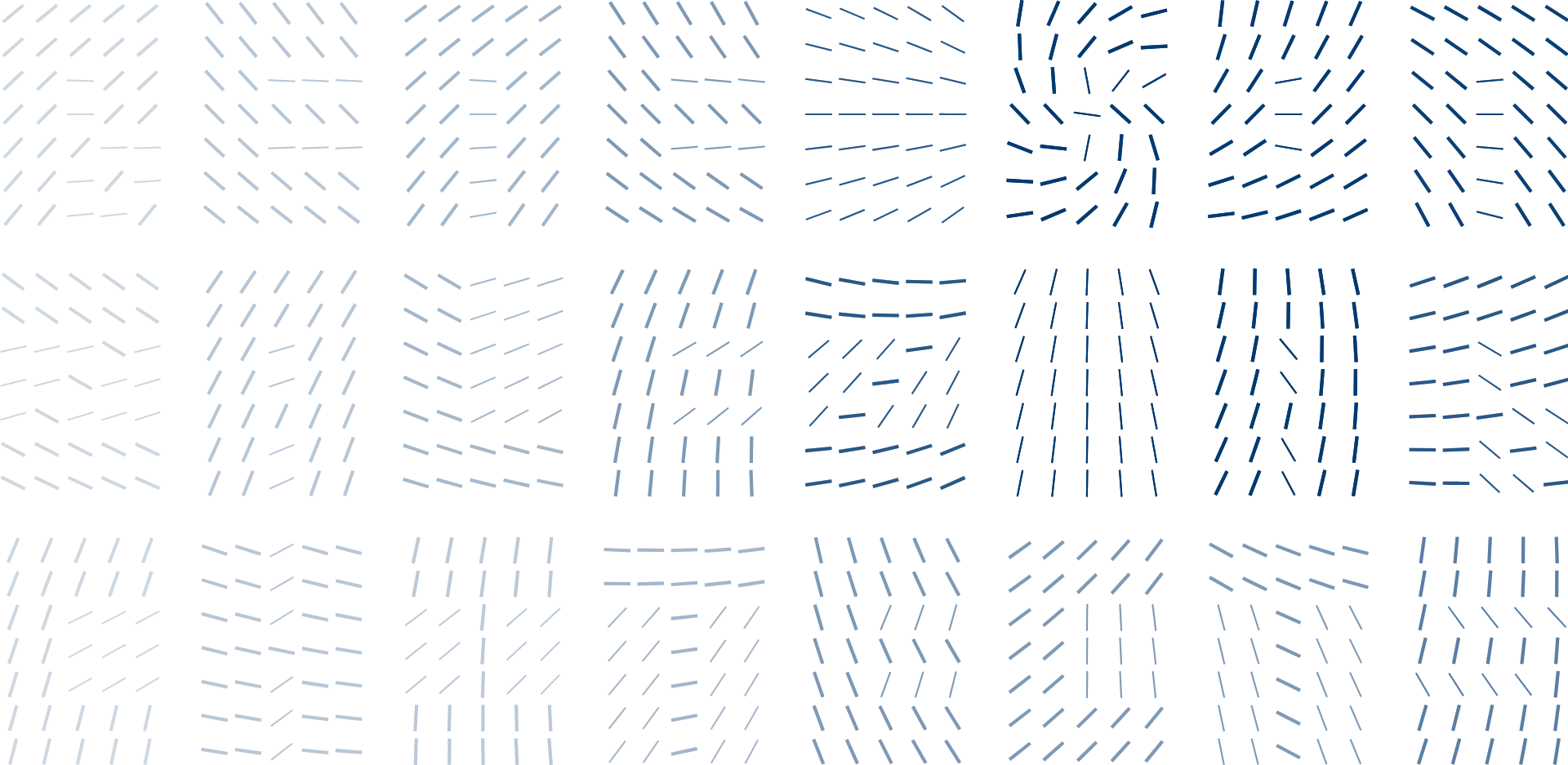

The Prairie House is elevated off the ground on stilts and reaches up towards the sky. It is organized as a series of separate pavilions which are made up of floating planes that define the spaces. Like the Mangrove forests that are found in tropical and subtropical tidal areas and protect coastal zones from erosion, storm surge and hurricanes, the house touches the ground very lightly. Elevated by columns, the house provides a safe haven for the inhabitants during hurricanes and flooding. The Florida Seminole Indians used similar methods elevating their Chickee huts in the early 1800s to provide protection from the wet ground, animals, and to allow breezes to flow under the house for ventilation. Later in the ‘30s and ‘40s, a community of houses named Stiltsville was built on stilts in Miami’s Biscayne Bay. By capturing the essence of these sources of inspiration, the Prairie House embodies the qualities of its place.
The living areas hover over a sculptural garden of rolling ground cover and are accessed by a retractable stainless steel stair that tightly lifts into the belly of the house when not in use. At the top of this stair, one is on an axis with a long lap pool that acts as a central spine for four floating pavilions: the living/dining/kitchen area, the master bedroom suite and two guest cottages. These pavilions are accessed through a grated metal catwalk that further emphasizes the sensitive relationship between the ground and the living spaces. Detailed with glass windows along all of four sides, tilted concrete walls appear to float. By similarly treating the floor and ceiling planes of the house as independent elements, one has the sensation of being inside a series of floating plans elevated off of the ground and oriented to the sky.





























Copyright © Rene Gonzalez Architects
Made with ♥ in Miami by Fulano.